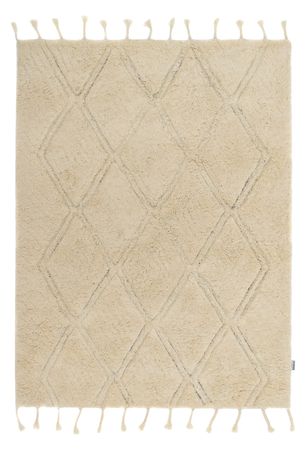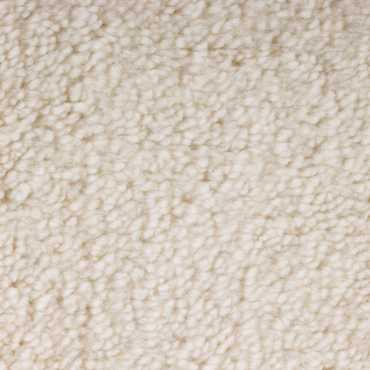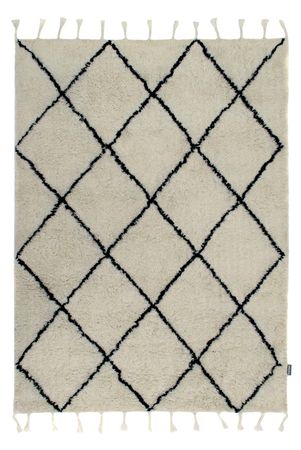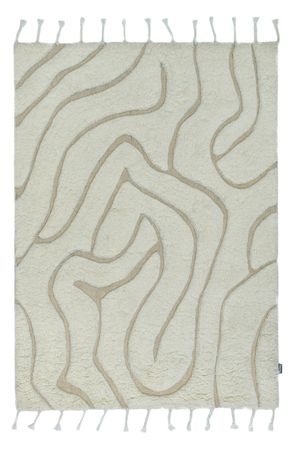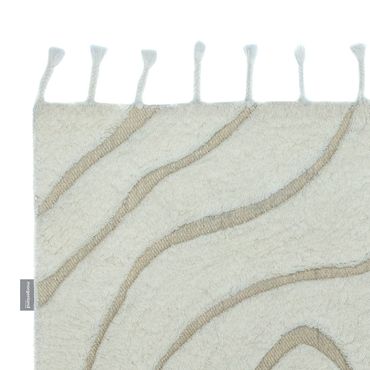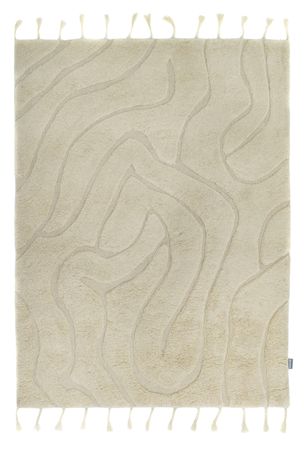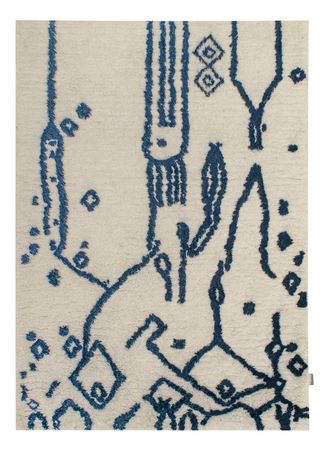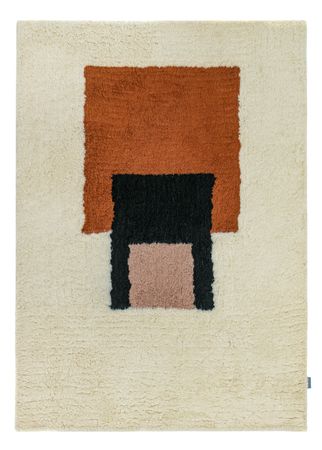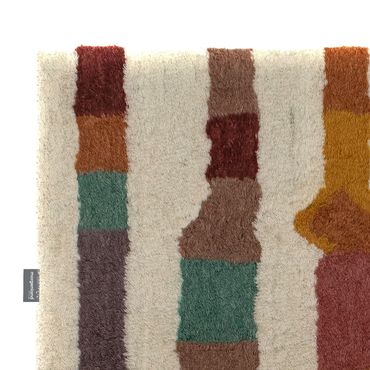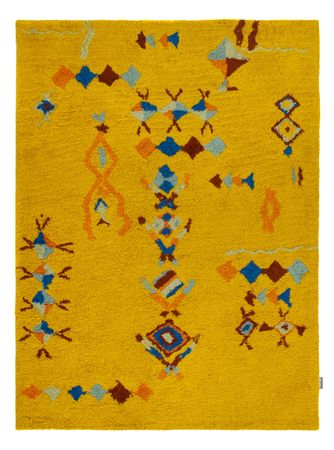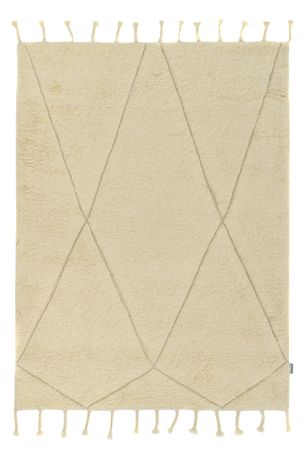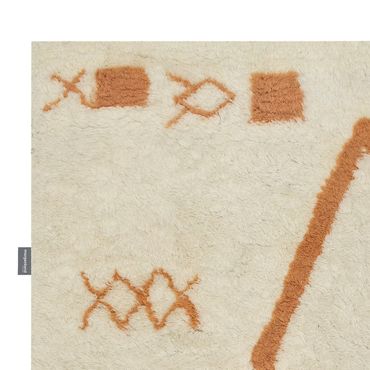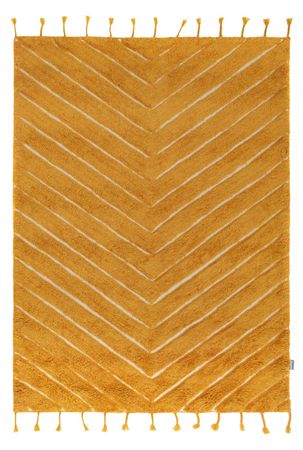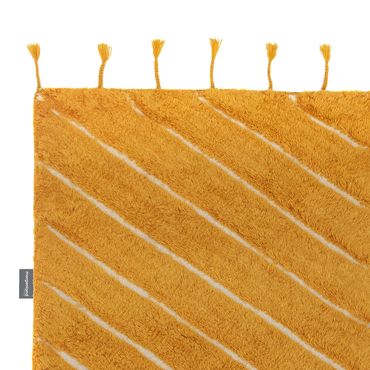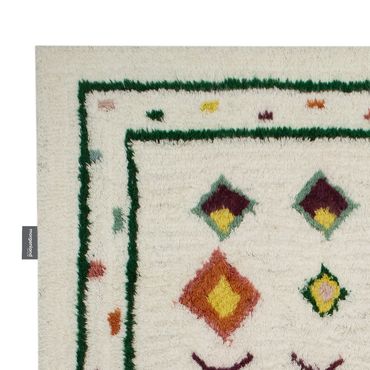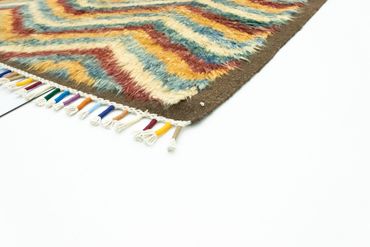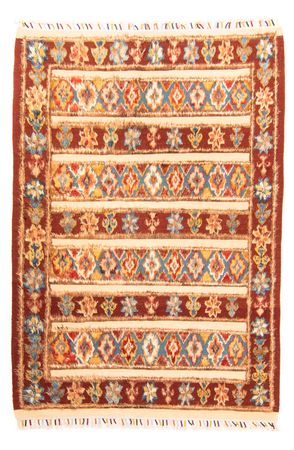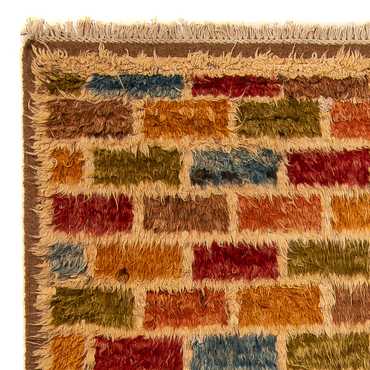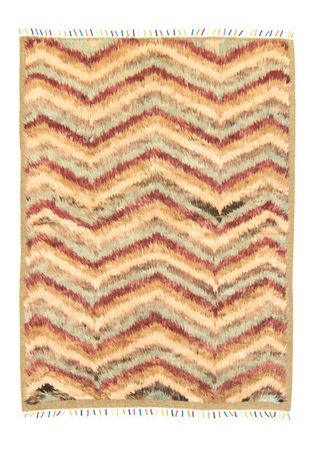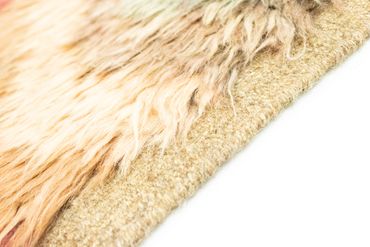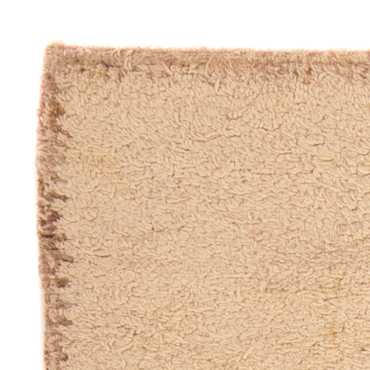- Wool Rug - Sahara Whisper - rectanglefrom 175 US$
Berber Rugs
(183 Rugs)
Explore the unique texture and tribal patterns of Berber rugs, inspired by Moroccan craftsmanship.
- Wool Rug - Abstract Dreams - rectanglefrom 180 US$
-
- Berber Rug - Fluffy - rectanglefrom 43 US$
84 US$
-
- Wool Rug - Casablanca Charm - rectanglefrom 175 US$
-
- Wool Rug - Marrakech Majesty - rectanglefrom 175 US$
-
- Wool Rug - Kasbah - rectanglefrom 175 US$
- Wool Rug - Kasbah - rectanglefrom 175 US$
![White]()
![Cream]()
-
- Wool Rug - Bedouin Bliss - rectanglefrom 175 US$
-
- Wool Rug - Nomad’s Narrative - rectanglefrom 175 US$
-
- Wool Rug - Casablanca - rectanglefrom 175 US$
-
- Wool Rug - Marrakesh Sunray - rectanglefrom 175 US$
-
- Wool Rug - Oasis Ornament - rectanglefrom 175 US$
-
- Wool Rug - Atlas Artistry - rectanglefrom 180 US$
-
- Wool Rug - Modern Merino - rectanglefrom 175 US$
-
- Wool Rug - Berber Whispers - rectanglefrom 175 US$
-
- Wool Rug - Bedouin Beauty - rectanglefrom 175 US$
-
- Wool Rug - Fable Fusion - rectanglefrom 175 US$
-
- Wool Rug - Bedouin Natural - rectanglefrom 175 US$
-
- Wool Rug - Tuscan Sun - rectanglefrom 180 US$
-
- Wool Rug - Kasbah - rectanglefrom 175 US$
- Wool Rug - Kasbah - rectanglefrom 175 US$
![Cream]()
![White]()
-
- Wool Rug - Moroccan Mystique - rectanglefrom 175 US$
-
- Berber Rug -
206 x 147632 US$
-
- Berber Rug -
203 x 1641,482 US$
-
- Berber Rug -
211 x 158500 US$
-
- Berber Rug -
205 x 1581,482 US$
-
- Berber Rug -
231 x 163558 US$
-
- Berber Rug - Santo - rectanglefrom 43 US$
87 US$
-
- Berber Rug -
238 x 163680 US$
-
- Berber Rug -
200 x 147614 US$
-
- Berber Rug -
156 x 86133 US$323 US$
-
- Berber Rug - Sara - runnerfrom 265 US$
525 US$
-
The Berber Rug: Pure New Wool, Hand-knotted in Primal Excellence
Berber rugs, those unmistakable masterpieces of traditional craftsmanship, come from the remote regions of North Africa and are not only the epitome of timeless elegance, but also an expression of deep cultural rootedness. What makes these rugs so special is the combination of traditional production and contemporary versatility. A Berber rug is more than just a piece of furniture – it tells stories of nomads who once wove it in the Atlas Mountains, for example, to provide warmth and comfort in their simple but noble lives as a sleeping mat. Today, as the trend towards natural materials and simple beauty intensifies, it is experiencing a renaissance in both modern and classic interior styles.
The Berbers - A centuries-old tradition
The origin of Berber rugs goes back to the Berber tribes that have lived in the deserts and mountainous regions of Morocco, Algeria, and Tunisia for centuries. Their rugs, which were initially designed as functional pieces to keep out the cold in the tents and dwellings of the nomads, developed over time into true works of art. The Berber rug is deeply rooted in the lives of its creators, who use nature and their surroundings as inspiration for the motifs and colors. The simple yet expressive forms and subtle colors reflect the sublime landscapes of the Atlas and the vastness of the Sahara. It is this combination of tradition and natural aesthetics that makes the Berber rug so unique.
Handicraft and weaving techniques
Each rug is intricately hand-woven or knotted using techniques that have been passed down for generations within Berber communities. The art of knotting techniques varies from region to region, but the use of virgin wool, which is one of the finest natural fibers, is a unifying element. This wool, often sourced directly from sheep in the mountainous regions of the Atlas, is spun by hand and then processed into a dense, fluffy pile, which usually has a height of 10 mm to 20 mm. This fluffiness gives the rugs their distinctive feel and makes them pleasant to walk on. Traditionally, they are made on simple looms, which makes them truly unique – no two rugs are the same, and the individuality of each knotter is clearly noticeable.
Textures in geometric shapes and diamonds
The characteristic patterns of Berber rugs reflect an archaic symbolism that is deeply rooted in the culture of the Berber tribes. From geometric lines to abstract shapes, some of which evoke natural elements such as mountains or rivers, each design is an expression of the Berbers' way of life and worldview. However, these patterns are not just aesthetic; they often have deeper meanings. For example, certain decorations symbolize protection, fertility, or prosperity. In modern Berber rugs, these ancient symbols are often combined with contemporary designs, giving the rugs a special, almost universal appeal that can be integrated into both minimalist and oriental living styles.
Many colors - North African tones and patterns in detail
Traditionally, Berber rugs are made in rather restrained, earthy colors inspired by the landscape of the Maghreb. Colors such as off-white, beige, brown, or grey often dominate. These shades are usually obtained from natural dyes extracted from plants or minerals, giving the rugs a natural, organic aesthetic. However, in modern variants, bolder color schemes can also be found, combining the traditional style from North African countries such as Tunisia and Algeria with current interior design trends. From soft pastels to vibrant pops of color, the color palette today is as diverse as its ornaments.
Creating a feel-good atmosphere
Thanks to their simple designs and soft, natural colors, these rugs can be seamlessly integrated into a variety of rooms. They are particularly effective in living areas such as the living room or dining room, where their softness and robustness are equally impressive. They are a perfect match for the boho look, but can also find their place in a more minimalist or Scandinavian interior. Berber rugs add comfort to the bedroom and are also eye-catching in modern rooms, where they enrich the interior with a touch of oriental magic.
Size for everyone - a perfect fit and versatile
Berber rugs are available in different sizes, ranging from compact runners for the hallway or small living areas (about 80 cm wide) to large-format rugs (up to 400 x 300 cm), which look particularly good in spacious living rooms. Custom-made rugs, which can be produced according to individual requirements, are also highly valued. In addition to the classic rectangular shapes, there are also short-pile rugs, which, with a pile height of 10 mm, are particularly suitable for areas subject to heavy wear and tear, as well as rugs with a higher pile, which provide additional warmth and comfort.
Special features of Moroccan fibers: dirt-repellent and durable
The use of wool as the main material gives the rugs their special properties. This natural wool is not only particularly soft and pleasant but also extremely robust and durable. Due to the high density of the pile, these rugs provide excellent insulation and are therefore particularly suitable for colder regions or apartments with little insulation. Thanks to their natural properties, they are also easy to care for, making them ideal for everyday use.
Easy to care for and long-lasting: how to keep your new wool as new
As with Oriental rugs, care requires a certain amount of attention, but it is relatively uncomplicated compared to other rugs. Regular vacuuming is enough to keep the rug surface clean. Since sheep's wool is naturally resistant to stains, it is usually sufficient to air the rug occasionally and have it professionally cleaned from time to time. If stains do occur, act quickly and use mild detergents to protect the material.
Buy Berber rugs online at Morgenland – free shipping ✓ special designs ✓
New wool is a natural product, and our company has always specialized in natural rugs - available in different sizes, delivered with free round-trip shipping, and in a wide selection in stock. Do you prefer a mottled Berber look in short-pile rugs, the long-pile variants in a subtle design or a classic? With us, you will find unique specimens that give every room that certain something. When it comes to wool rugs, we distinguish ourselves through authenticity in modern or classic Oriental designs, and our Berber rugs from Morocco, Iran, Afghanistan, and India are perfect as decorative eye-catchers. Discover the variety of pure wool with us.
Berber rugs – wool rugs that revel in natural colors
A Berber rug combines ancient craftsmanship with the demands of modern home decor. Whether as a timeless eye-catcher in a simply furnished room or as a cozy companion in a comfortable bedroom – Berber rugs are not only an expression of elegance and tradition but also extremely practical and uncomplicated. If you are looking for a rug that is both visually and haptically convincing, you will find the perfect piece in it that can give pleasure for many decades.
What makes a Berber rug?
A Berber rug made of high-quality wool is characterized by its robust, dense structure, the use of natural colors, and archaic patterns influenced by North African designs. Traditionally made by hand, these rugs are highly valued for their durability.
How long does a Berber rug last?
A well-maintained Berber can easily last for several decades. The dense weave and natural materials used make these rugs extremely durable. With the right care, such as regular vacuuming and occasional professional cleaning, they will stay in excellent condition. The wool's natural resistance to dirt also contributes to its longevity. In less trafficked areas, they can even last a lifetime and retain their quality over the years.
What rooms are the Berber rugs, with their colors inspired by Morocco, best suited for?
Whether short-pile, rectangular, or mottled, Berber rugs are versatile and suitable for almost any room. A wool rug creates a warm, cozy atmosphere, especially in the living room, bedroom, or dining room. Their durable structure also makes them ideal for high-traffic areas such as hallways.
Are Berber rugs available in different sizes, as is the case with Oriental rugs?
Berber rugs, like our other Oriental rugs, e.g. the popular Kelim, are available in many different formats. From small runners to rectangular specimens for smaller rooms (from 120 cm) to large rugs (240 cm and larger), there is a suitable rug for every room. They can also be made to measure.
